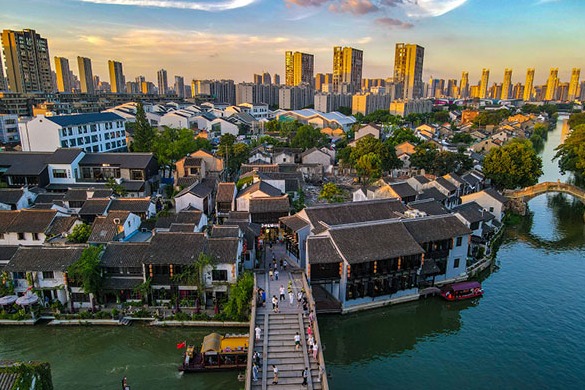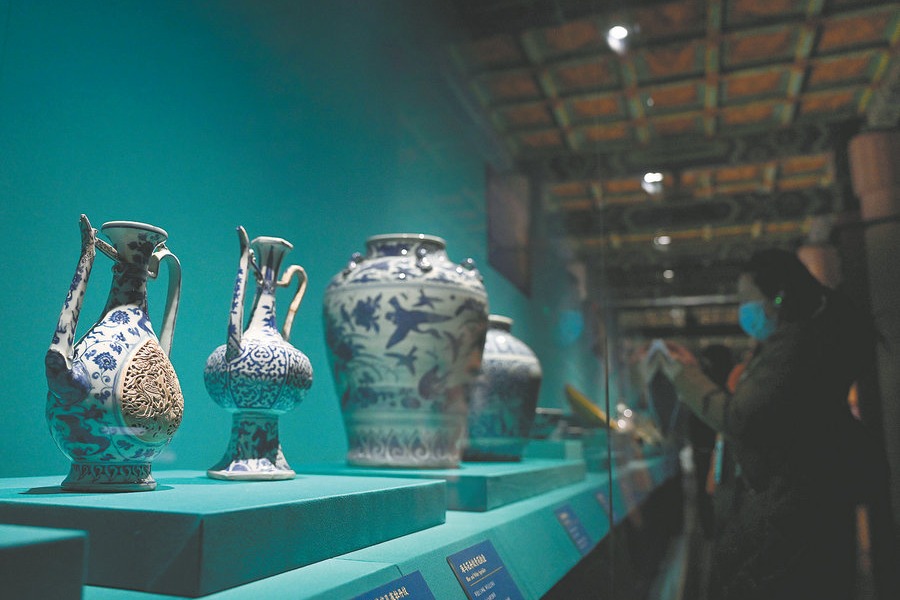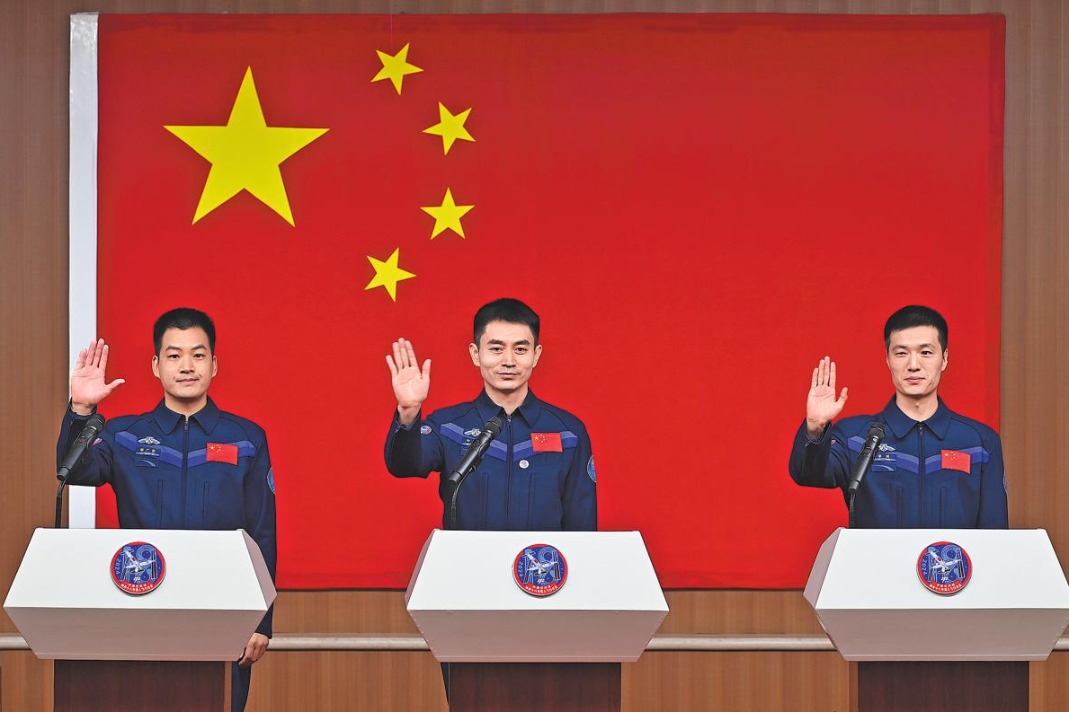Xiahe in upland Gansu - a precious moment of travel


Despite the altitude I felt an incredible energy and desire to keep going and explore. This included walking clockwise along parts of the wall following the several kilometers-long kora, or pilgrim circuit, enclosing the monastery, pagoda and older portion of town. Part of it ran uphill, providing excellent views across much of Xiahe. I lost count of the number of prayer wheels along the periphery of the wall. They form an inseparable part of Buddhist and Tibetan tradition. Many people -- some families, some elderly men or women -- followed the route, often holding a small rotating metal mani prayer cylinder with their left hand while spinning the wall-mounted hexagonal wooden wheels with their right hand. Some walked in meditation while also quietly reciting prayers. At intervals, shaded pavilions would enclose a single, larger wheel. The trail eventually led up to a large chorten, around which people would circumambulate, slowly and methodically, again in a clockwise direction.
Ultimately the route brought me back down to the Daxia River and the gilded 31-meter-tall Gongtang Pagoda, one of Xiahe's most iconic treasures. The entrance was via an elaborate red-and-blue doorway adorned with prayer flags and Tibetan script. The square base of the pagoda was enclosed with a covered walkway lined with many metallic prayer wheels. Narrow wooden staircases led up through a series of floors covering the lower part before emerging onto balconies directly beneath the stunning gilded upper section. The views across to the Labuleng Temple, where I had been earlier that day, and over the surrounding town and mountainous landscape were simply breathtaking.
Indeed, I found it fascinating simply to walk around Xiahe and watch the flow of people. Many, of course, were visitors who had come particularly to spend time at the monastery or follow the kora trail. Others were locals who ran businesses including a sizable number of Muslim traders who sold clothing and household goods from stalls. A large number of Tibetan items were on sale, including personal mani wheels, yak butter candle holders, silver jewelry, fur-lined boots, large brimmed hats, coats and even leather saddles. Again, it was a dream to wander among them, including walking through everyday markets and mixing with the crowds shopping, or watching people prepare traditional tsampa, a mixture of hand-kneaded yak butter and barley flour.


































